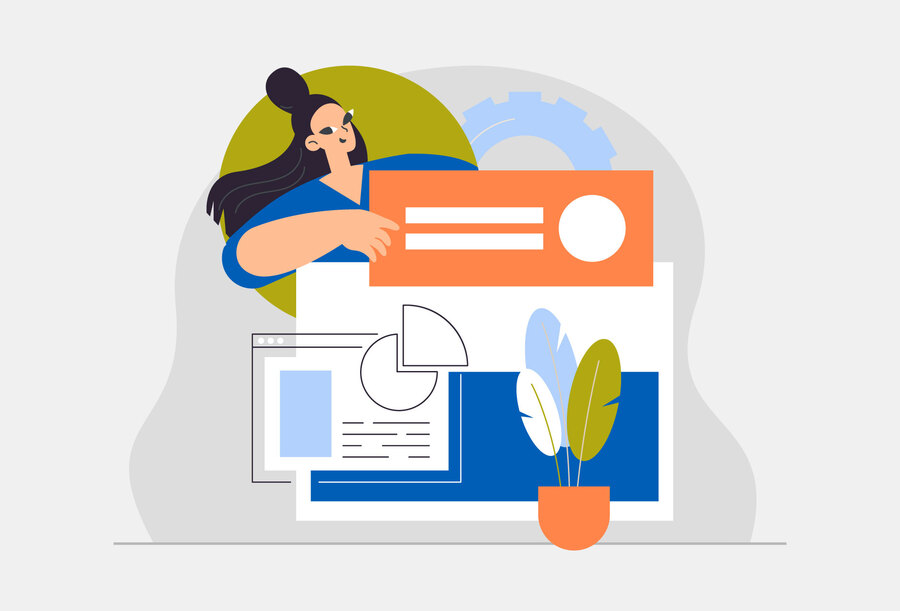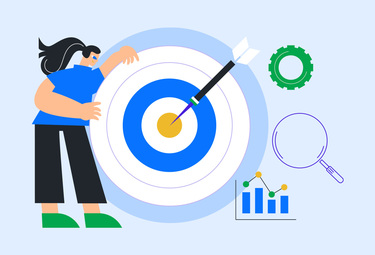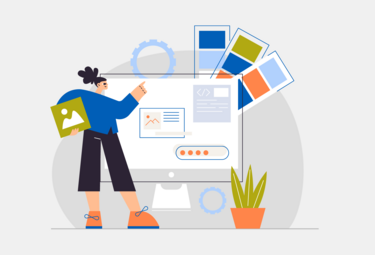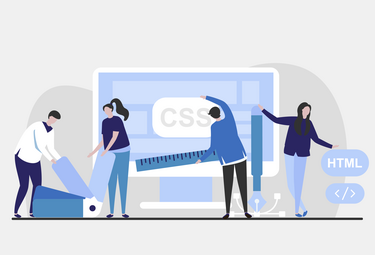One of the most important parts of the digital product design process is user testing - it's an integral part of quality software development, so it shouldn't be overlooked. Such testing allows you to understand your audience to ensure that the final version of your website or app will fully meet their needs. Individuals' experiences may differ depending on their age or gender, so it is extremely important to create a universal product that suits multiple users.
What are user tests?
User tests are User Experience tests (more about UX is in this article: https://bit.ly/3rCgnsW). They consist in observing the audience's behaviour in contact with the product and help to answer the question of what to do to make users use it more often. In order to carry out such research, it is first necessary to meet the target group and present it to them - the tests provide the data necessary to analyse the user experience when interacting with it. Monitoring your audience's actions will allow you to understand their needs and the problems they may encounter during use. During UX testing, it is also possible to find out what users expect from an application or website and to find their strengths and weaknesses. It is then up to the UX designer to create a product that is functional and meets the needs of the target group.
Benefits of user testing
Usability testing is a great way to improve the design so that the final version of the product is ideally suited to users. However, this is just one of the many advantages of UX testing. Here is a selection of the benefits of conducting user tests:
- They allow you to get an objective assessment - UX testing allows you to check whether the application or website meets the user's expectations. If not, what problems he/she encounters during use and how they can be improved.
- They help to ensure quality - they make it easier to prioritise improvements and keep the user using the product.
- User research makes it possible to create the best possible product - by talking to representatives of the target group, you can get a lot of feedback and thus build their trust and ensure its effectiveness.
- They allow for the very early detection of possible errors and defects during software development - so developers and designers can act quickly to make changes.
- UX tests allow information to be gathered about the target group - analysing users and identifying their goals for using it is particularly important for future software projects.
- They allow you to check whether users are able to use the product - by observing the testers' behaviour, you can check whether they can navigate between pages. It also allows you to detect any bugs that hinder interactions.
- Spending more time and effort on user testing at an early design stage has long-term benefits - it saves many hours of work that can result from fixing any bugs.
- User testing improves the chances of increasing sales - the more conversations you have with your users, the more opportunity you have to create a perfectly tailored app or site that will make a lot of money.
UX testing, therefore, offers many benefits that enable better product development and, in turn, increase user engagement and company profits.
Selected types of UX testing
There are several types of usability testing for a product, which should be tailored to your requirements depending on the achievement of the intended effect. Here are a selection of these:
- moderated - conducted in the presence of a test manager who has the opportunity to ask additional questions of the users,
- unmoderated - the user tests the product alone, without a supervisor,
- remote - the user does not have to be present at the designated location, which saves time for travelling, but at the same time makes observation more difficult,
- on-site - the user is invited to a designated location, allowing the supervisor to observe the user interacting with the application or site,
- exploratory - they allow to check how the user interacts with the product in order to find areas that need improvement,
- comparative - the aim is for users to compare different versions of a given application or website and observe which is the best one.
User testing has implications not only for product design, but also for business. Properly conducted research will avoid costly mistakes and thus enable the creation of an app or website tailored to users. A well-designed product is also key to user loyalty - if it is tailored perfectly to their needs, the likelihood of continued use increases. Conducting UX testing does not require the dedication of many resources, and can significantly improve the perception of the product and allow for high profits.





